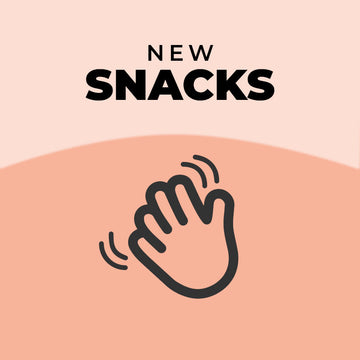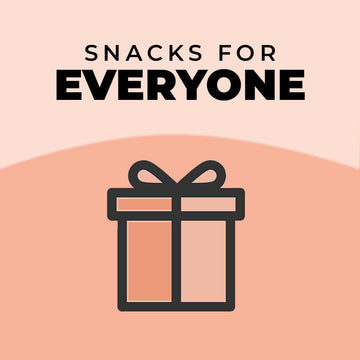
After my post on Confinement practices around the world, how can I not talk about the snacking practices that we have across different cultures and region.

From the Nielsen's report on snacking evolution, we have seen some evolving change of our snacking behavior:
1) People are snacking more frequently
2) People are snacking more healthily
3) Less sugar and more proteins in newer snacks
Snacking has always been associated with ease and convenience. More than a way to fulfill one's hunger, snacking has grown to be a form of culture and childhood traditions, or even as a social way to gather and have parties. Snacking can be a time out for oneself, it can be a way to connect with family, it can be a perfect gift as snack box.
Snacking habits have compounded during the pandemic, largely because more people are working from home. More than 50% said snacking was a 'lifeline' during the pandemic, which is why more people are snacking now.
Let's start with the biggest snack market - USA.
Americans have a fondness for chips and savoury snacks. Salted snacks are the top favourite for them, with chocolates being second. Chips, nachos, tortillas, more than 60% of the respondents surveyed snacked on chips for the past week. Lay's, Ruffles, Pringles are some top manufacturers to fuel the growth in demand.

Funnily, Europe is on the opposite spectrum.
Europe's highest snack dollars actually go to sweet snacks - Candies! These sweet confectionary such as chocolates are what is more popular. Fruits are also popular snacks likely because of its sweetness. Europeans spent the most income on snacks as compared to all other continents, so they are the top snackers. Ferrero, Cadbury and Godiva are some of the top chocolate brands that are selling well and highly acclaimed internationally.

For South America, people indulge in more of cookies and cakes. Cookies such as Tarecos are in demand, which taste similar to our Adorable egg biscuits. Candies and yoghurt are highly consumed too, so their tastes are more similar to Europeans, towards a sweet tooth.
In Africa and Middle East, people like both salty and sweet snacks equally. Fruits and chocolates are both in demand. One of the top Africa snacks are Simba potato chips while Candied chick peas (Kdaameh) are a Middle Eastern delicacy.

Here in Asia, money goes to ice cream, yoghurt and chocolates. Reason is simple, it's hotter and more humid with our climate so cold snacks are always the top favourite. Chinese snacks are quite unique, with rose cake and red dates (jujubes) being the more uncommon ones.
Biscuits and local snacks are also highly popular, more so than nuts and chocolates. Asian snacks such as rice crackers and old school biscuits are favoured among young kids, so biscuits play a huge part as treats during our childhood days.

Globally, the top favourite snack is actually fruits! Chocolates come in a close second while vegetables come in third. The last is cookies or cakes. There is a big growth on healthy snacks and nuts as more people are conscious of what they eat. This shift in consumer's mindset have prompted lots of zero sugar and sugar replacement trends, in not just snacks, but all food and drinks.
Nuts are increasing in demand as they are great with trending ketogenic and paleo diets. They also pack a huge load of nutrition and come in flavours that can go healthy or indulgent ways.
Skipping meals in place for snacks?
You are not alone. Worldwide, more than 40% now replace snacks for breakfast and lunch. Breakfast is still the easiest to skip as people are usually rushing for time and snacks are the easiest to grab and go.
Snacking has become a way of life, a necessity to our daily lives. It does not have to be healthy everyday, but definitely they have to be tasty!








